Mardi Gras, also known as Fat Tuesday, originated as a festive holiday in mostly Roman Catholic locales.
The holiday falls , a period of fast marking the beginning of Lent that leads up to Easter Sunday. It has, however, grown more secular and widely celebrated in New Orleans over time, now extending to a full week of indulgence, merriment, and feasting before the long period of fasting and stringency.
Besides the legendary parades and , Mardi Gras is famously a time for indulging in New Orleans’ favourite foods, a fabulous amalgamation of Cajun, Creole, French, Spanish, West African, and Indigenous cuisines.
With Mardi Gras fast approaching, compiled a list of 10 classic New Orleans dishes you can make to celebrate using , Southern food scholarship, and New Orleans food blogs.
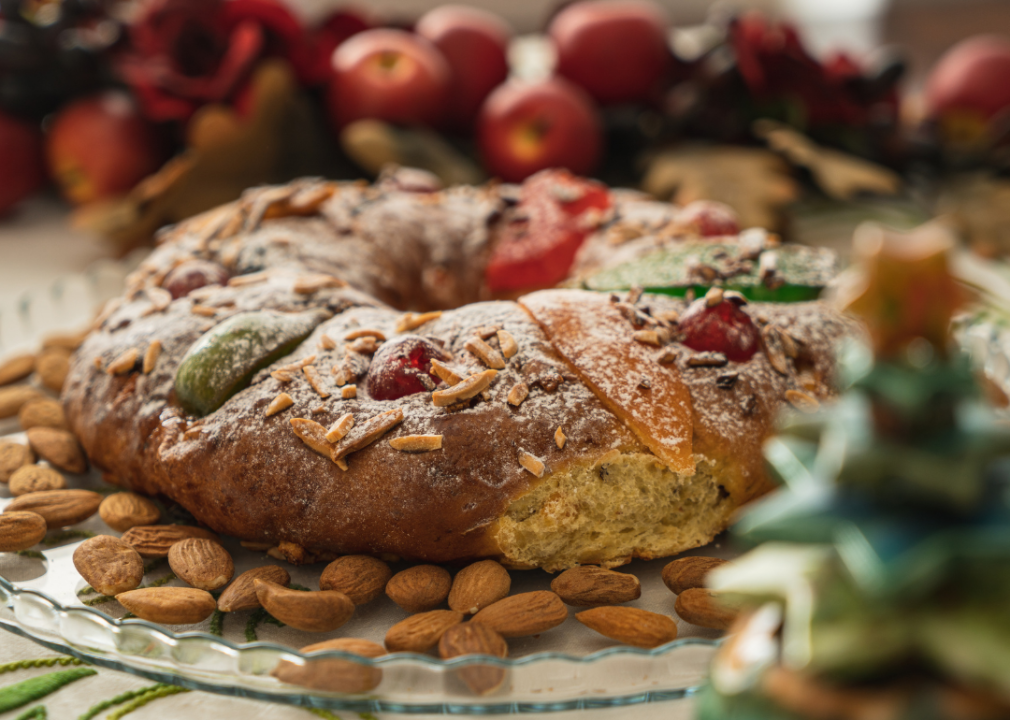
Canva
King cake
Perhaps the most quintessential Mardi Gras food, king cake is a flaky, bread-like pastry in the shape of a ring, decorated with , colours which represent faith, power, and justice, respectively.
Check out for authentic New Orleans-style king cake, and don’t forget to hide a small baby figurine inside the cake—whoever finds the baby in their slice of the cake is the host of the following year’s celebration.
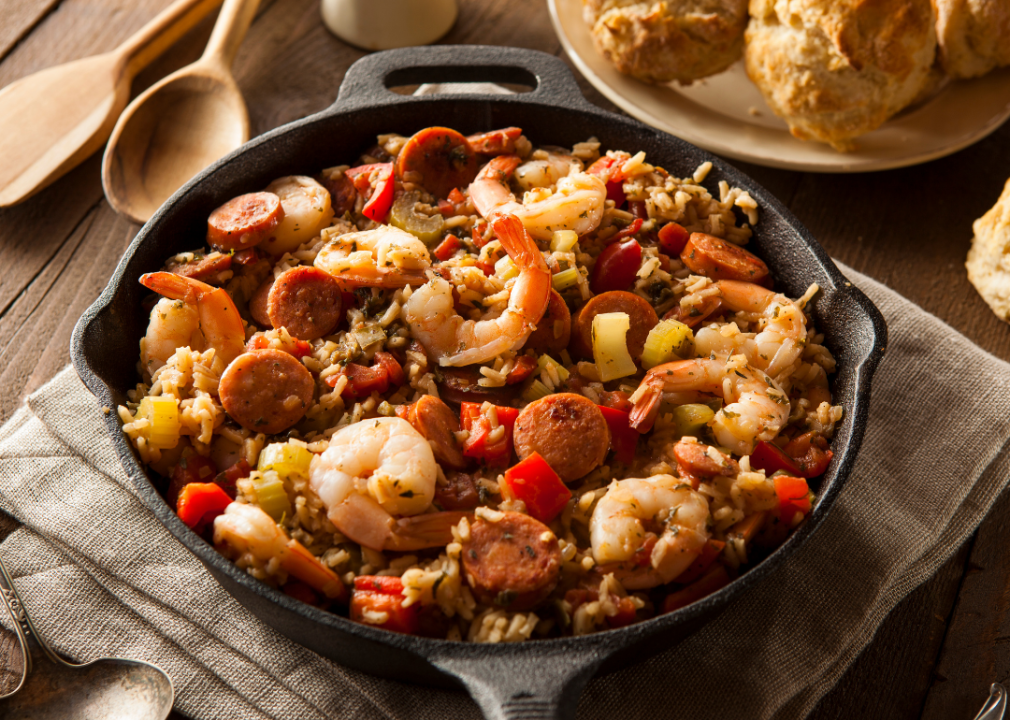
Canva
Jambalaya
A classic Creole and Cajun dish, jambalaya consists of flavourful rice combined with smoky andouille sausage, seafood or meat (or both), vegetables, and spices. The rice is cooked in broth with the rest of the ingredients, and becomes imbued with the spices and flavours of the dish. combines andouille sausage and chicken but is adaptable to adding other proteins like shrimp.
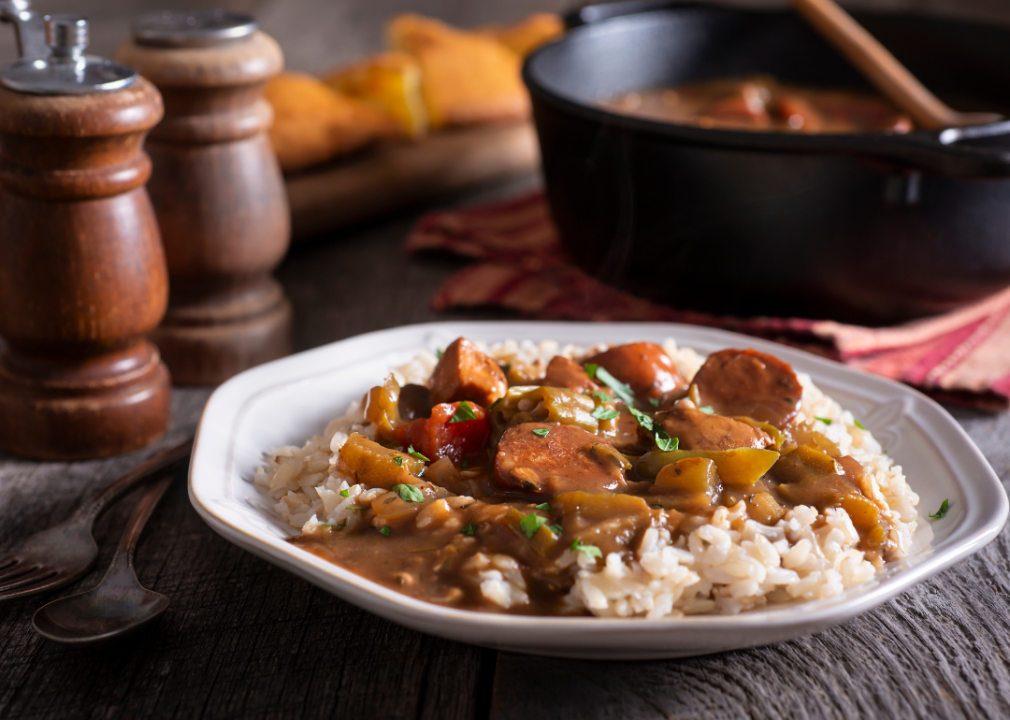
Canva
Gumbo
The name “gumbo” originates from a . The dish is as cross-cultural in origin as Louisiana itself, with African American, Indigenous, and French influences. for classic Cajun chicken and sausage gumbo starts with a roux to thicken the soup.
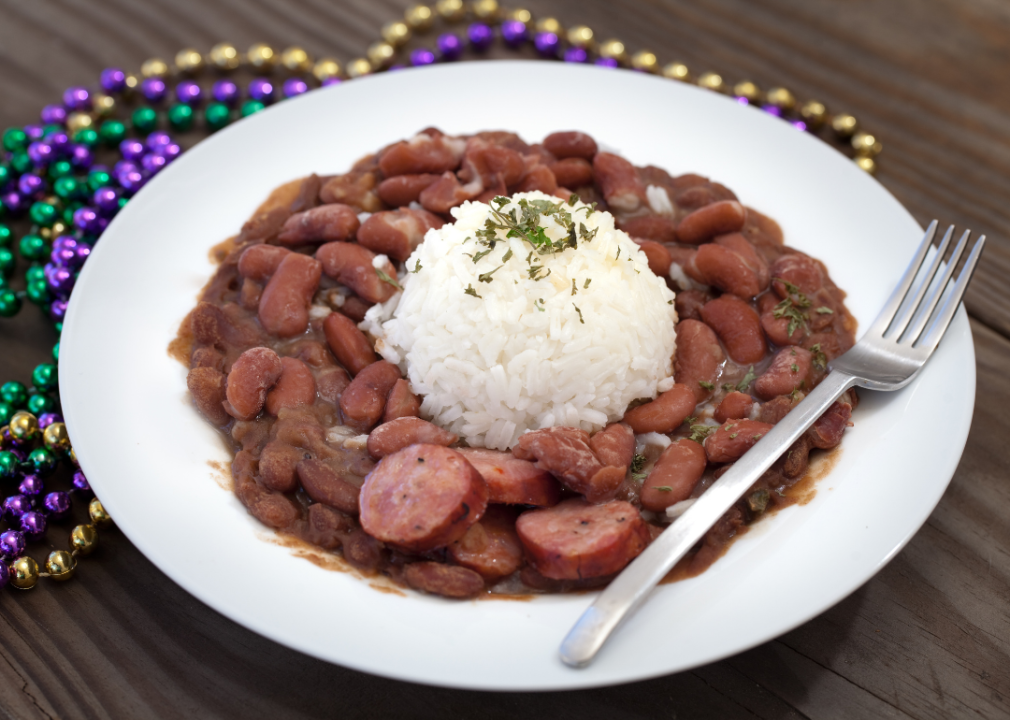
Canva
Red beans and rice
Red beans and rice represent a dish historically in New Orleans, the city’s laundry day. The dish’s lengthy cook time but relatively hands-off preparation was well suited to the all-day affair of washing and re-purposing ham bones from Sunday night’s dinner.
Today, red beans and rice are enjoyed throughout the week. benefits from slow preparation, as well as spending 24 hours in the fridge so the flavours can continue to develop.

Canva
Crawfish étouffée
Étouffée comes from the French verb “.” Crawfish, Louisiana’s favorite tiny, prehistoric crustacean, is smothered in a buttery roux and melded with Creole spices, but allows for shrimp to be used in place of crawfish if they’re not in season, or if crawfish aren’t available.
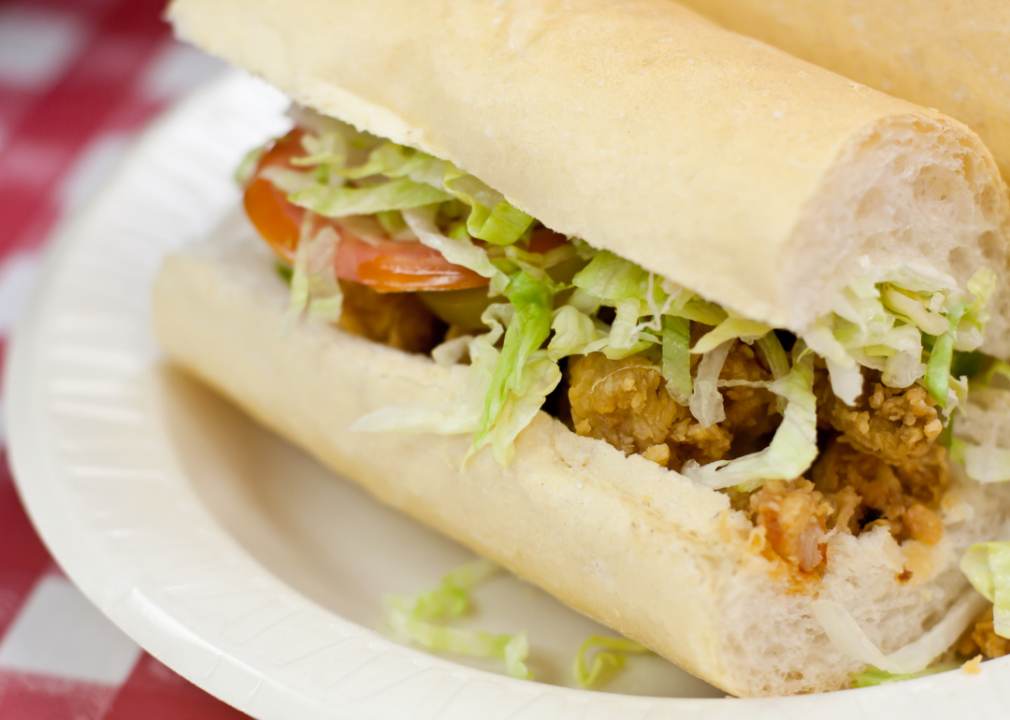
Canva
Po’ boy
Po’ boys, or “,” originated during the 1929 New Orleans streetcar strike as a nourishing and cheap meal for striking labourers. The sandwich, served on french bread with remoulade sauce and some kind of deep fried protein, persists in popularity in the city today.
uses catfish, but substitutions of shrimp, oysters, or even fried chicken are not uncommon.
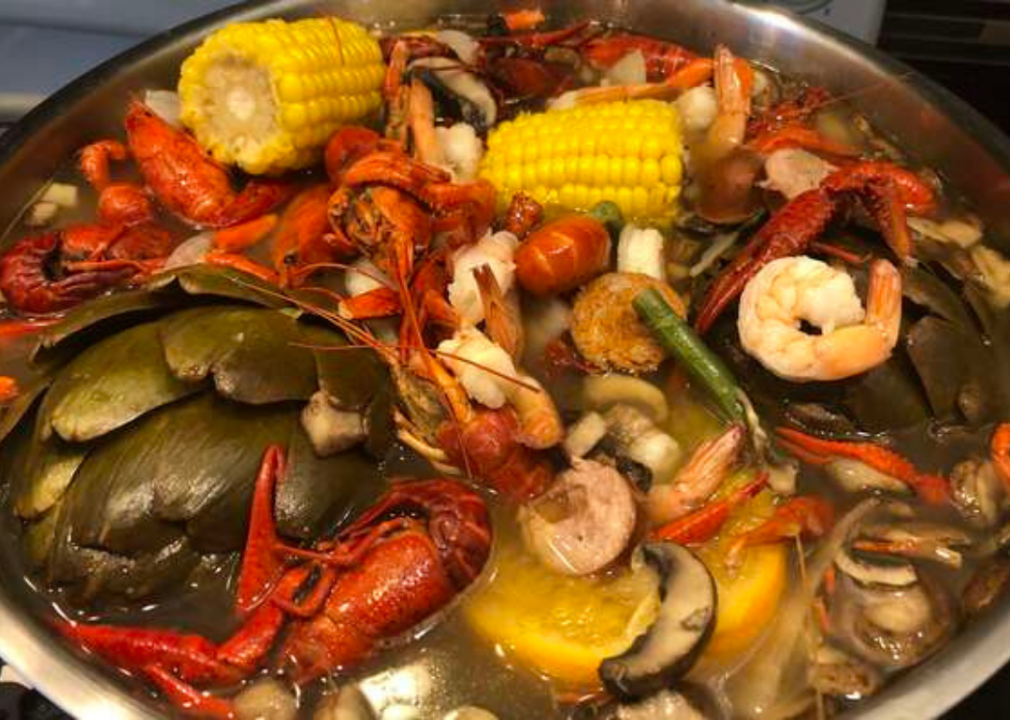
Allrecipes
Crawfish boil
As much an excuse for New Orleanians to gather in their backyards as they are a culinary experience, crawfish boils are at the heart of social and food culture in the Crescent City.
While boils are usually cooked outdoors in massive vats, is a slightly scaled down version of the classic boil, which features a massive amount of crawfish, fresh corn, potatoes, sausage, and more, all boiled in spicy broth. Best enjoyed in a sunny backyard.
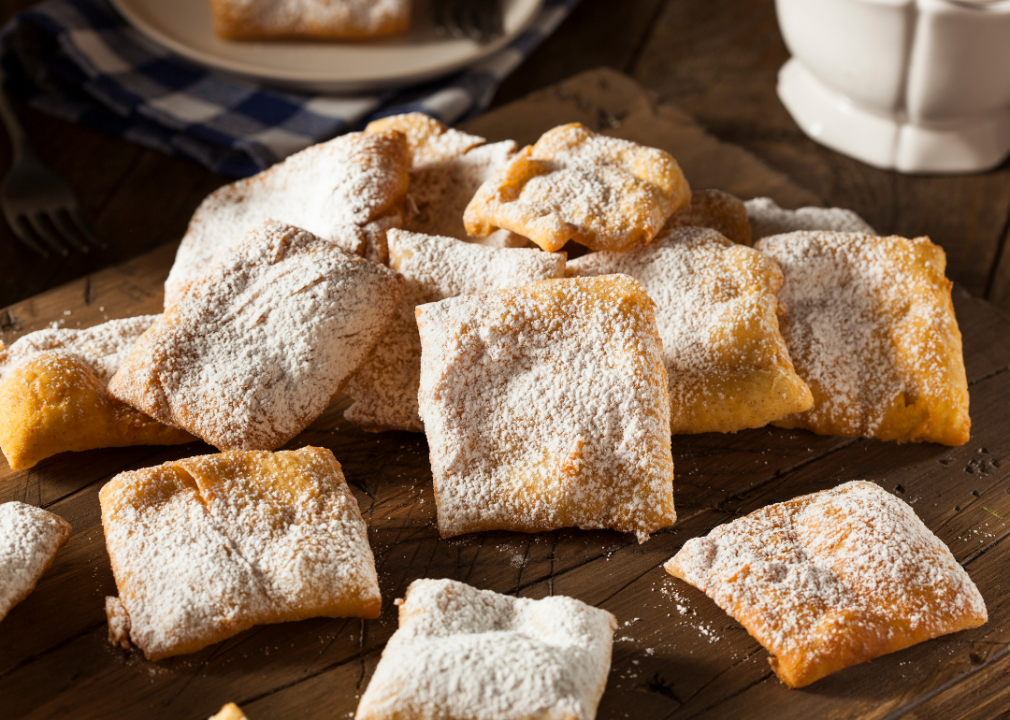
Canva
Beignets
Perhaps no New Orleans food is more famous than beignets and a steaming cup of café au lait from the legendary French Quarter institution . The crispy, hole-less doughnut is covered in a snow of powdered sugar and eaten warm. uses mostly pantry staples and is home-cook friendly.
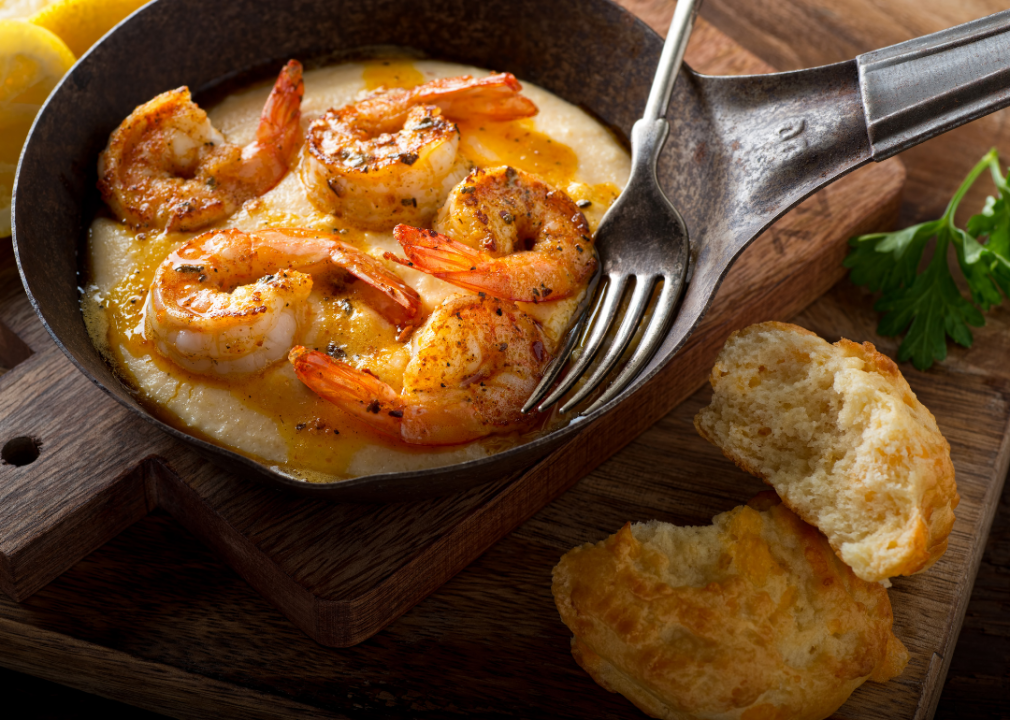
Canva
Shrimp and grits
Few dishes are more comforting than shrimp served over creamy grits. Though its precise origins remain mysterious, that the dish's birthplace was Mozambique. employs andouille sausage for smokiness and two types of cheese in the grits for maximum luxuriousness.
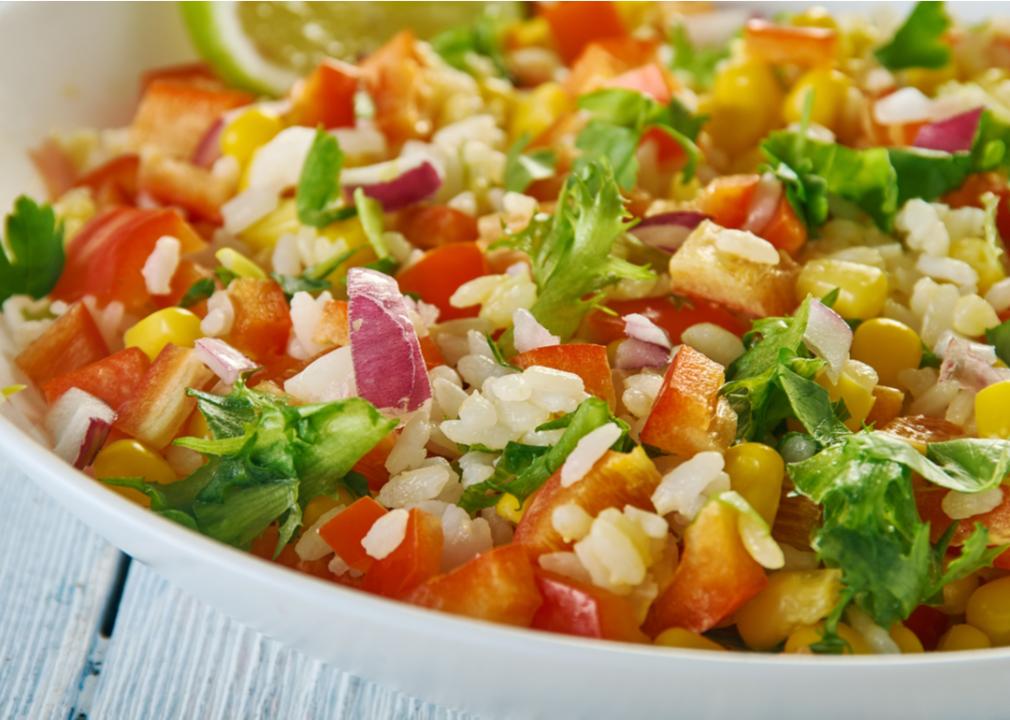
Fanfo // Shutterstock
Maque choux
Maque choux is a vegetable side dish consisting of fresh corn, peppers, and onions braised in bacon fat. Thought to have Cajun, Indigenous, and Spanish influences, the would have used seasonal vegetables grown in Louisiana’s gardens. also uses garlic and celery for additional flavour.




